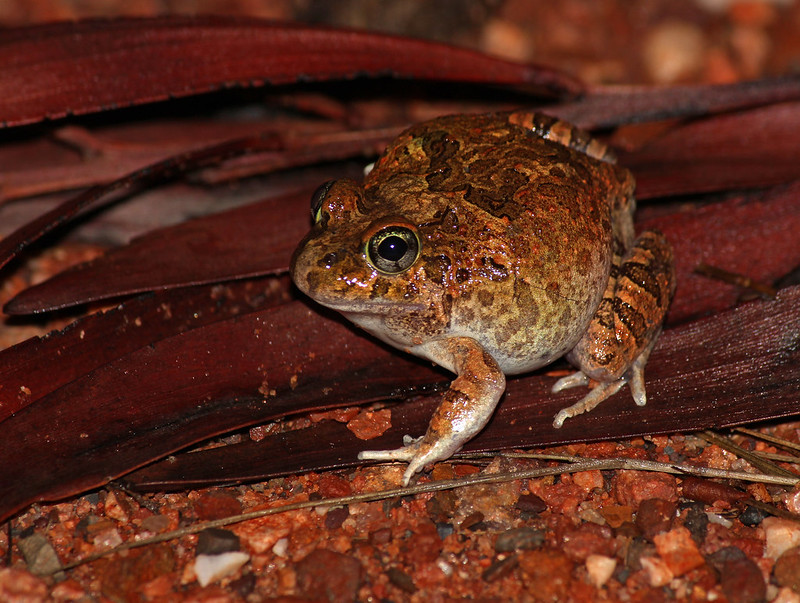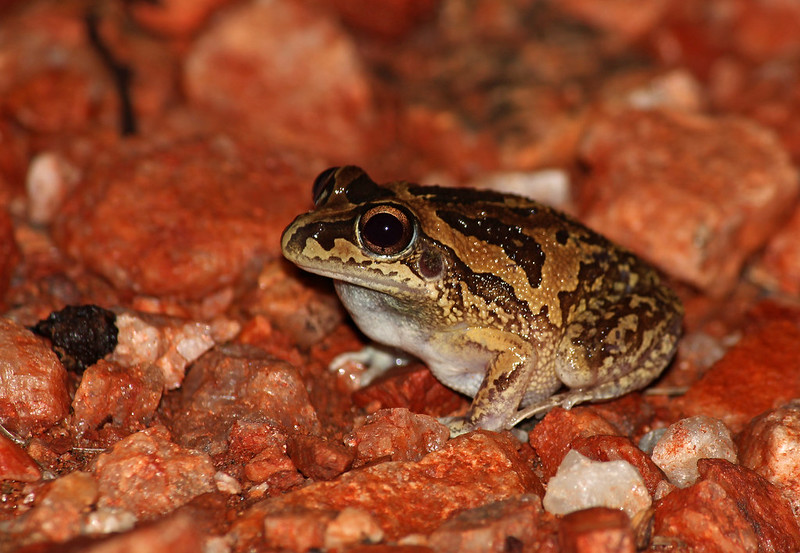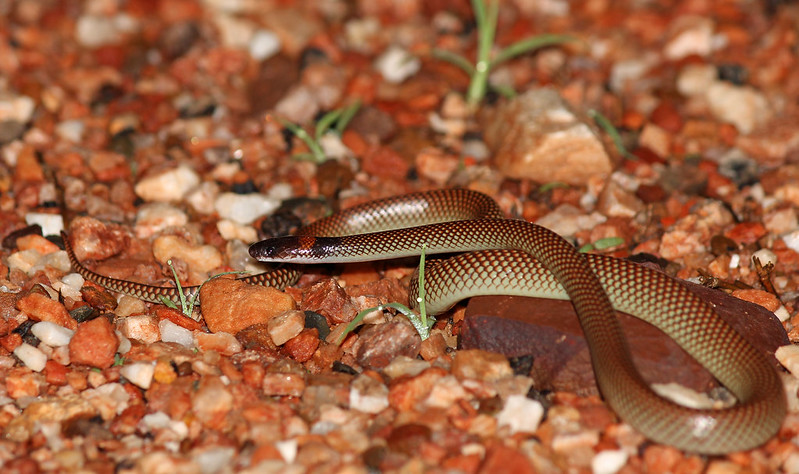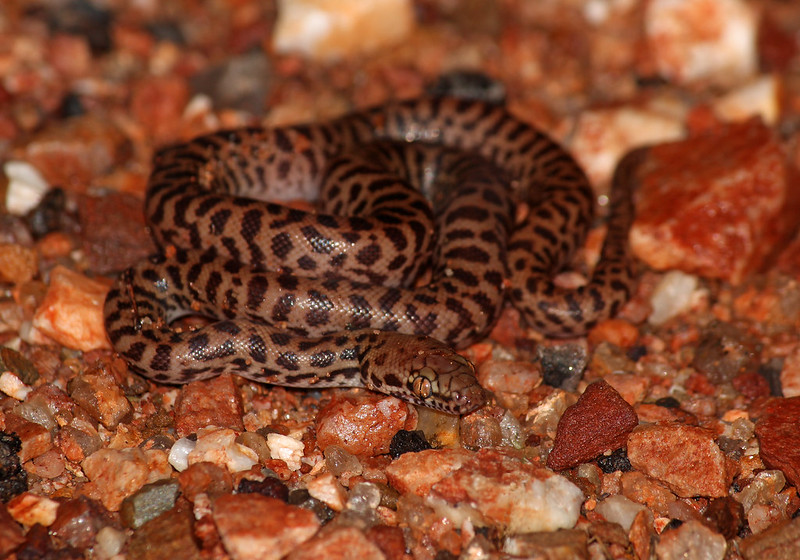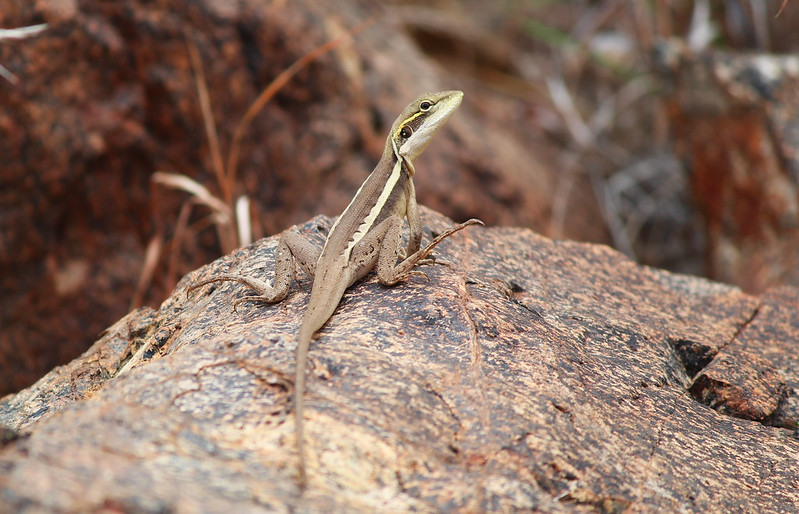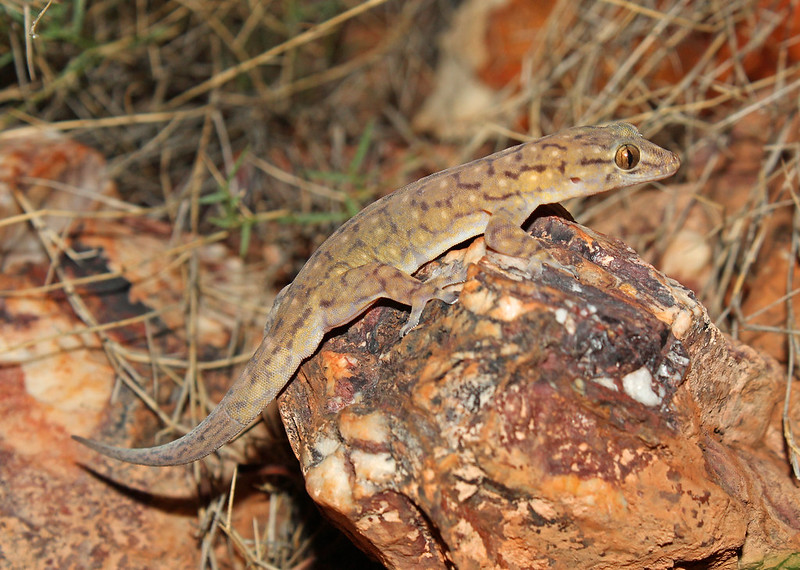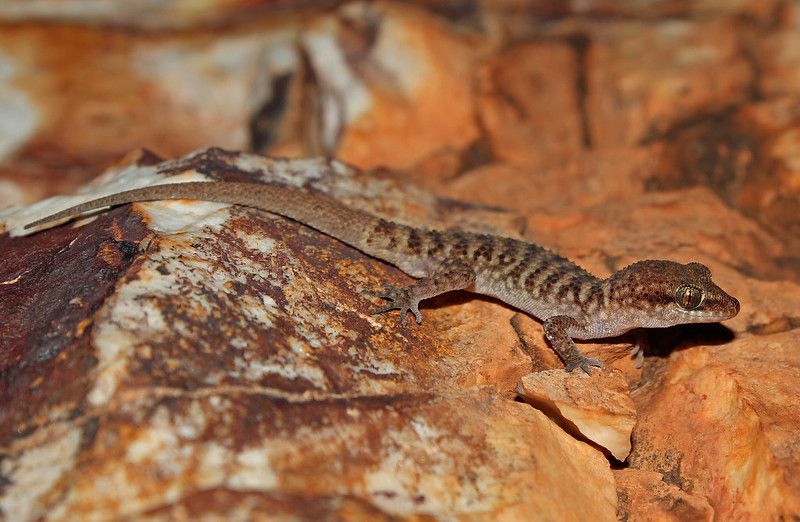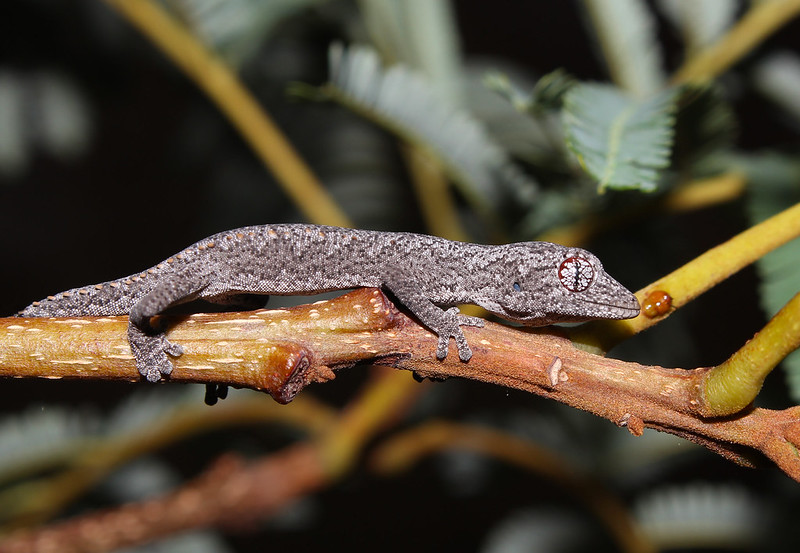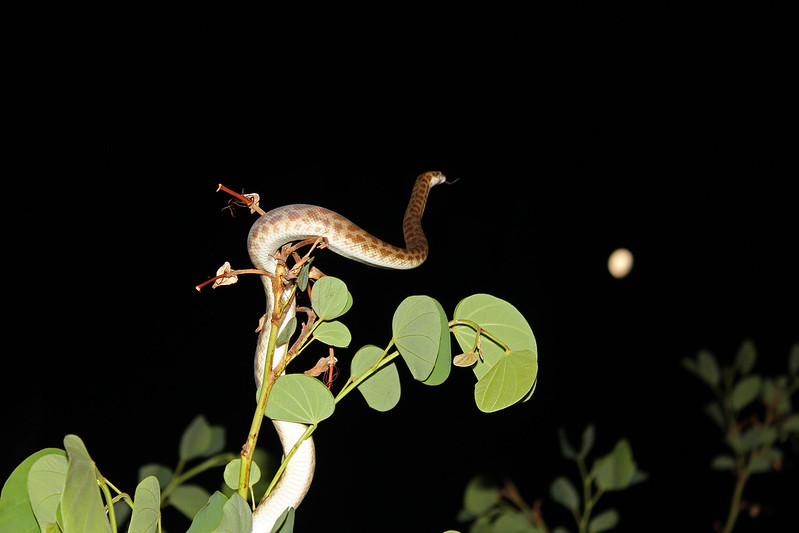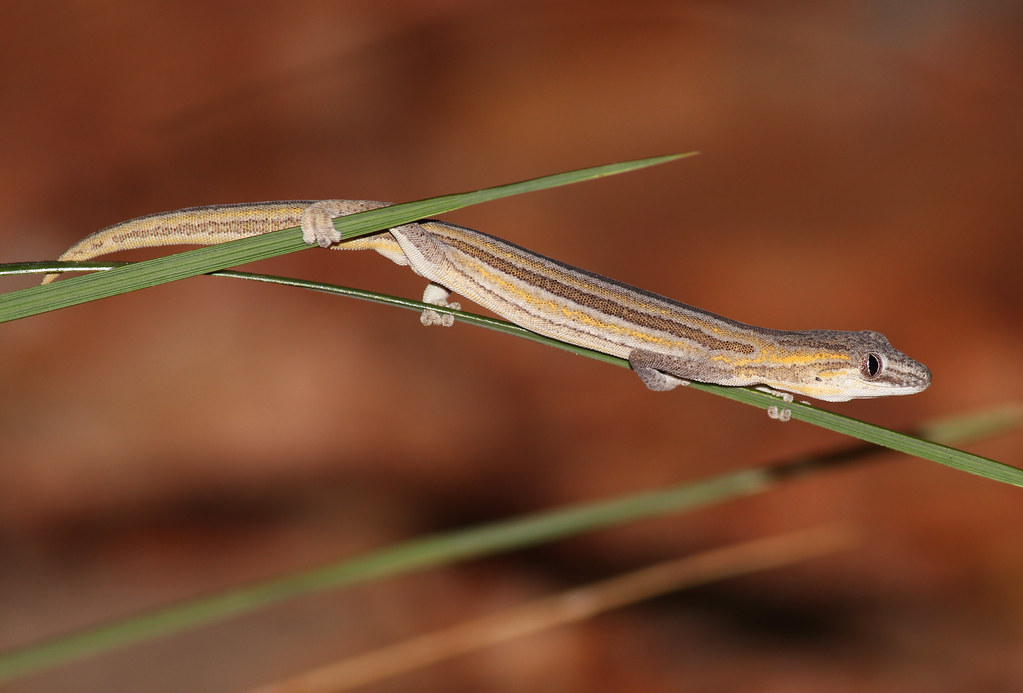Thanks for the comments. Stephen it would have been great to go for a herp, hopefully next time isnt to far away.
Scott, i remember you saying that the Acanthophis are quite complex in this area. Is there some new literature with keys, i tried looking in the books as i didnt think it was A. antarcticus. Has A. rugousus been separated from A.praelongus yet?








